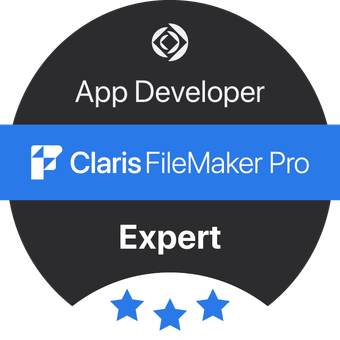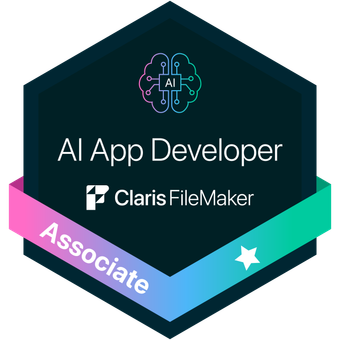Get in touch
555-555-5555
mymail@mailservice.com
The benefits of upgrading to the Claris FileMaker 19 platform: Getting started with Core ML
Machine learning and artificial intelligence are ushering in the next era of computing and it is exciting to see that Claris are at the forefront of providing these services in a way that can be economically used even by small businesses.
Claris FileMaker 19 makes use of the MacOS’ built in machine learning tools. Core ML is Apple’s answer to integrating machine learning models into your app.
Getting started with Core ML and FileMaker
If you download Apple’s Xcode development suite, then you will find it is bundled with the Create ML App. The Create ML App allows you to create a machine learning model file (.mlmodel) which can be used by the new FileMaker 19 Configure Machine Learning Model script step. Create ML App includes machine learning templates for image classification, image object detection, sound classification, text classification and word tagging. For example, I created a test image classifier project and then pointed it at a folder containing 10 sample images (5 cats & 5 dogs). When you click on ‘Train’, it will generate a model file which can then be exported for use in FileMaker.
Within FileMaker, I created a simple database table containing two container fields (one to upload the machine learning model file to and another to upload images) and then output fields for the results of the machine learning (Raw result, Classification and Confidence).
I then added a quick script to load the model, pass it the image to process and then corresponding fields to insert the data back into:
The net result is that I can now add new images to the container and then click on the classify button to run the processing script and it will tell me if it thinks the image is a dog or cat and the degree of confidence in the result. Based on spot testing with a few dozen random images I found online of cats & dogs it does seem impressively accurate given the trivial amount of test data that I used to generate the model.
My example is a pretty silly demo, so how might this be used in the real world and why use Core ML rather than one of the online services?
Firstly, in terms of applications, the most obvious use would be to use FileMaker for rapid automated classification of large-scale digital image libraries. You could very quickly build a custom classification model and then run the system to classify thousands of images with a high degree of accuracy. A more intriguing use would be in the field of biomedical research – if you have access to historical images of confirmed benign and malignant tissue samples then you could potentially create a system to automate the detection of malignant samples for new images.
The second question then is why use Core ML rather than an online service? There are likely to be many applications where there are concerns about data privacy – for example in the biomedical imaging example I gave above not only does there need to be informed consent from the subjects about making use of their data for research purposes, but there is normally specific additional approval required to share that data with 3rd parties and even if that has been agreed then the security measures which need to be put in place to use such data with a cloud service can be onerous. In the care of Core ML, the data used for creating the learning model is all kept and processed locally on the Mac OS or iOS device – neither the model nor the training data is accessible to Apple or any other 3rd party.

All Rights Reserved | DataTherapy Limited







